Ethereum core developers have scheduled the next major upgrade, called Fusaka, for December 2025. This update is set to include several technical improvements, most notably changes that pave the way for increasing data capacity through “blobs,” a key element of Ethereum’s rollup-centric scaling roadmap. The Fusaka upgrade will follow the earlier Dencun upgrade, which introduced proto-danksharding and laid the groundwork for blob-carrying transactions.
Blobs are a new type of data structure that enable Ethereum rollups to post large amounts of data on-chain more efficiently, significantly reducing costs for layer 2 networks. While the initial implementation of blobs helped lower fees, developers now plan to expand the capacity and efficiency of this mechanism. The Fusaka upgrade will adjust parameters and improve support for blobs, setting the stage for better scaling performance and more robust rollup infrastructure.
Ethereum developers reached consensus on the Fusaka timeline during a recent All Core Devs meeting, emphasizing the need to maintain momentum in improving the network’s scalability. While the upgrade doesn’t represent a complete overhaul, it brings incremental refinements that align with Ethereum’s long-term shift toward a modular, rollup-friendly architecture. Teams are already testing the upgrade on devnets and are preparing public testnets ahead of the mainnet rollout.
Beyond technical enhancements, the Fusaka upgrade reflects Ethereum’s broader commitment to making the network more affordable and accessible, particularly as user demand and layer 2 adoption grow. By continuing to iterate on blob-related features, developers are working to ensure that Ethereum remains competitive in the evolving blockchain landscape, where scalability and transaction costs remain critical factors for adoption.

.svg)


























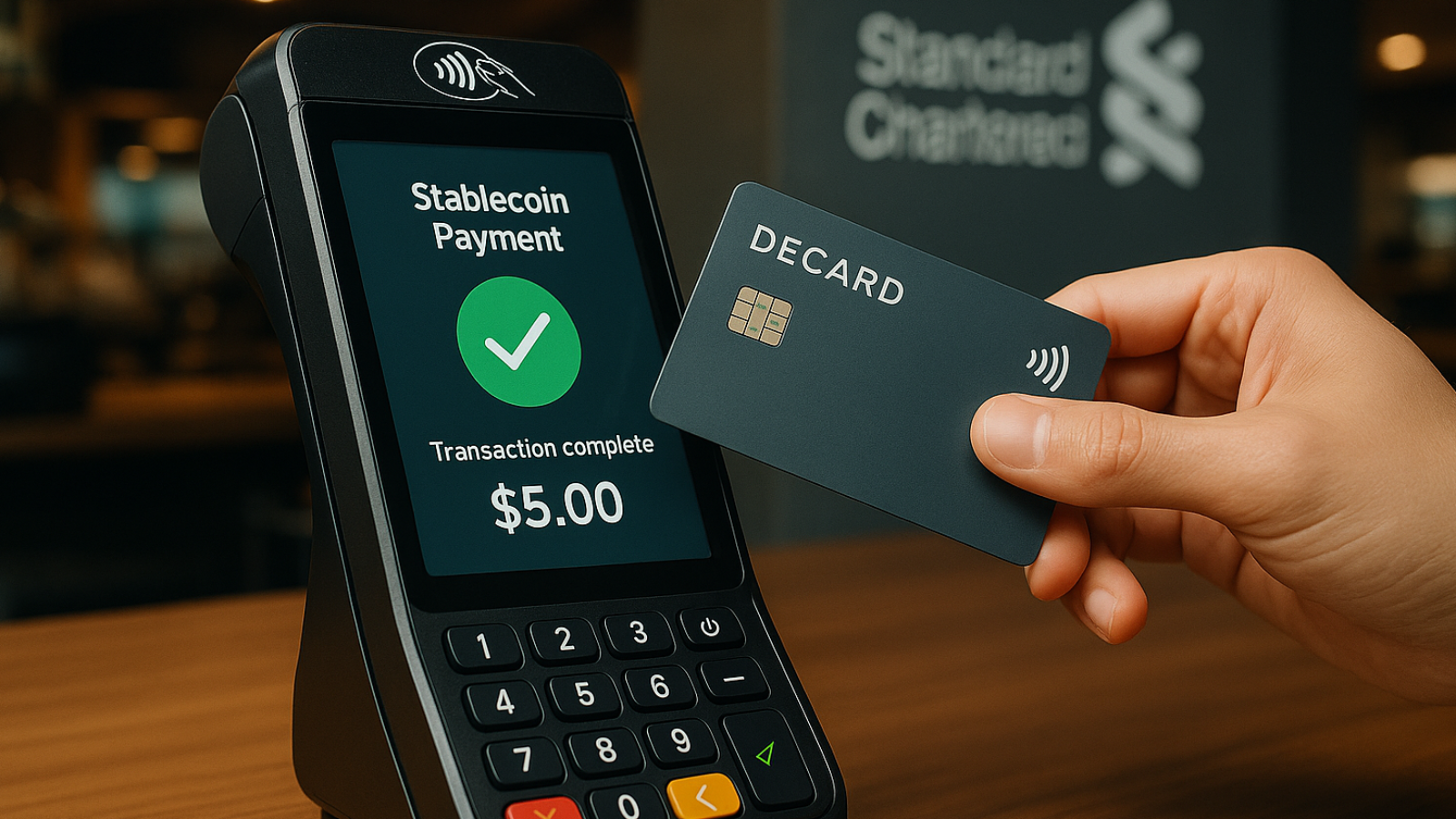


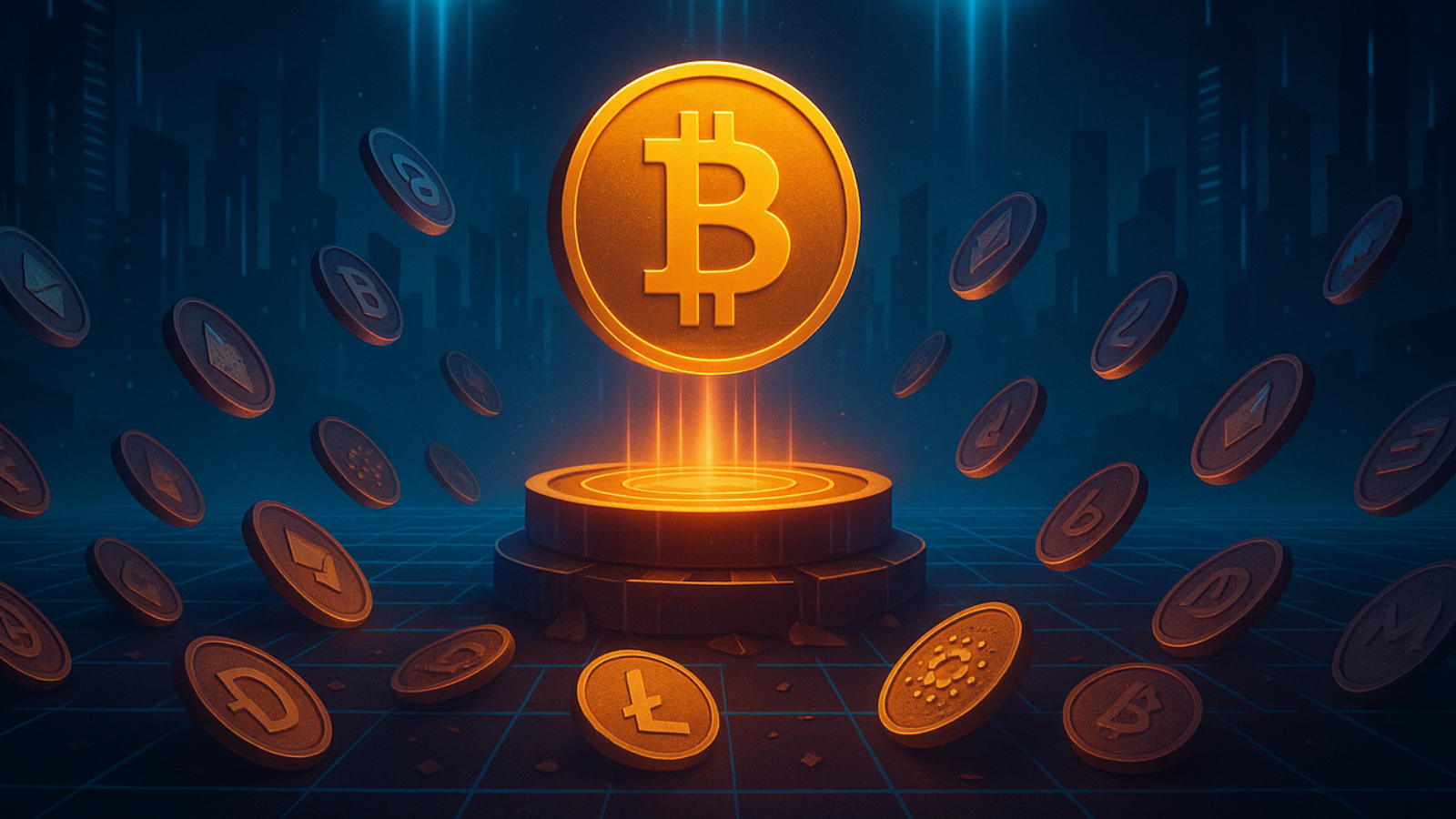


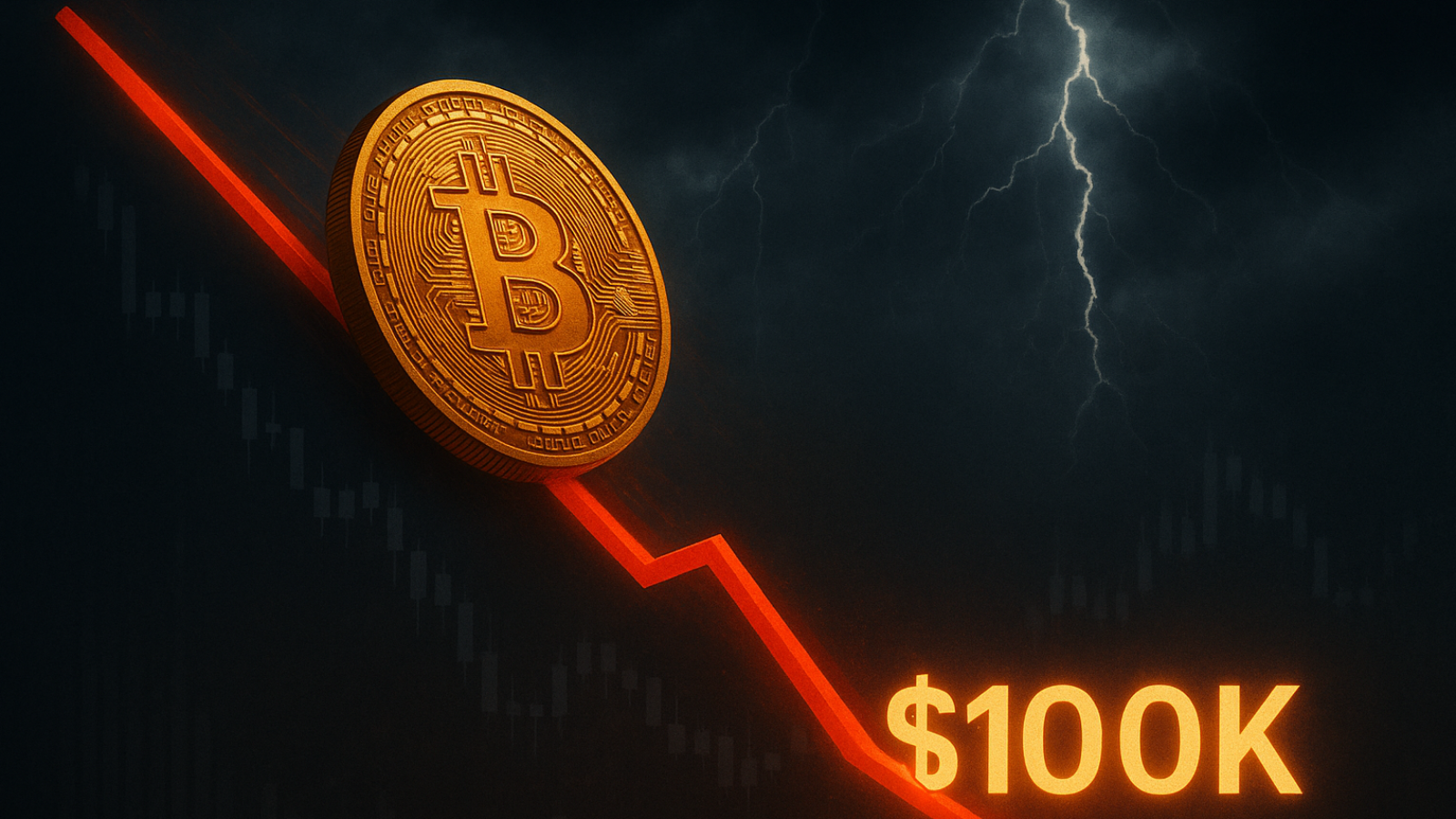




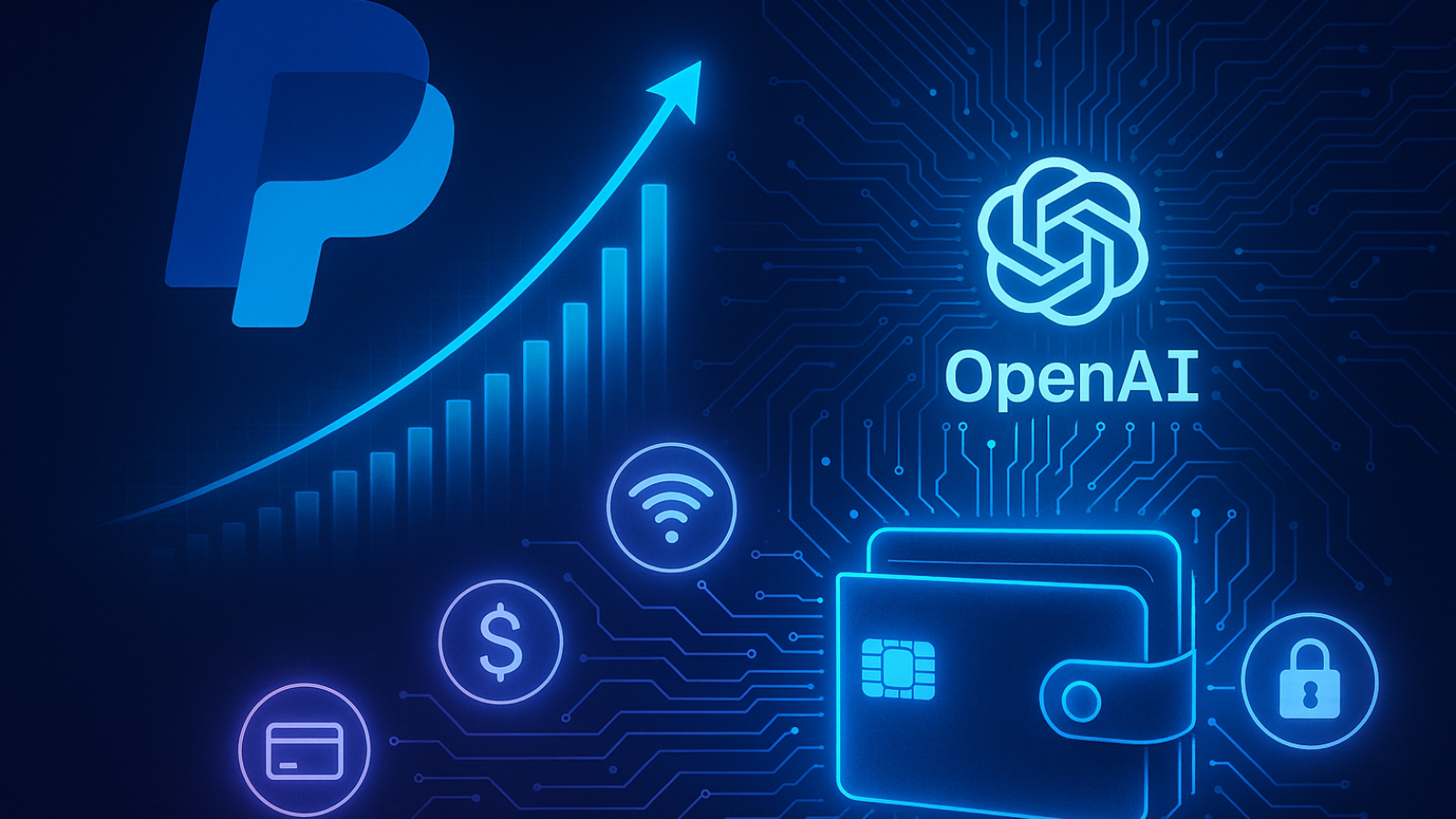









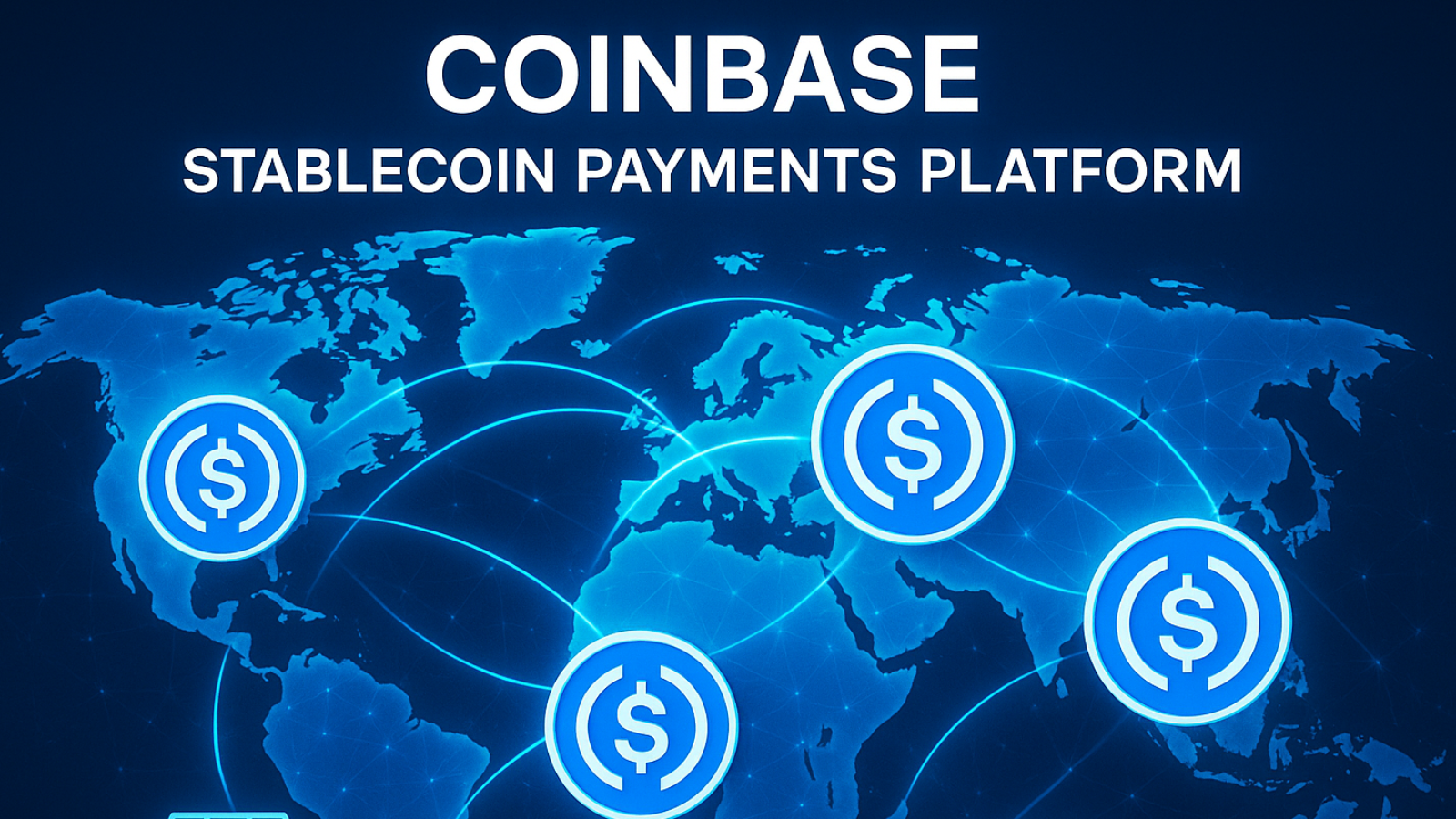

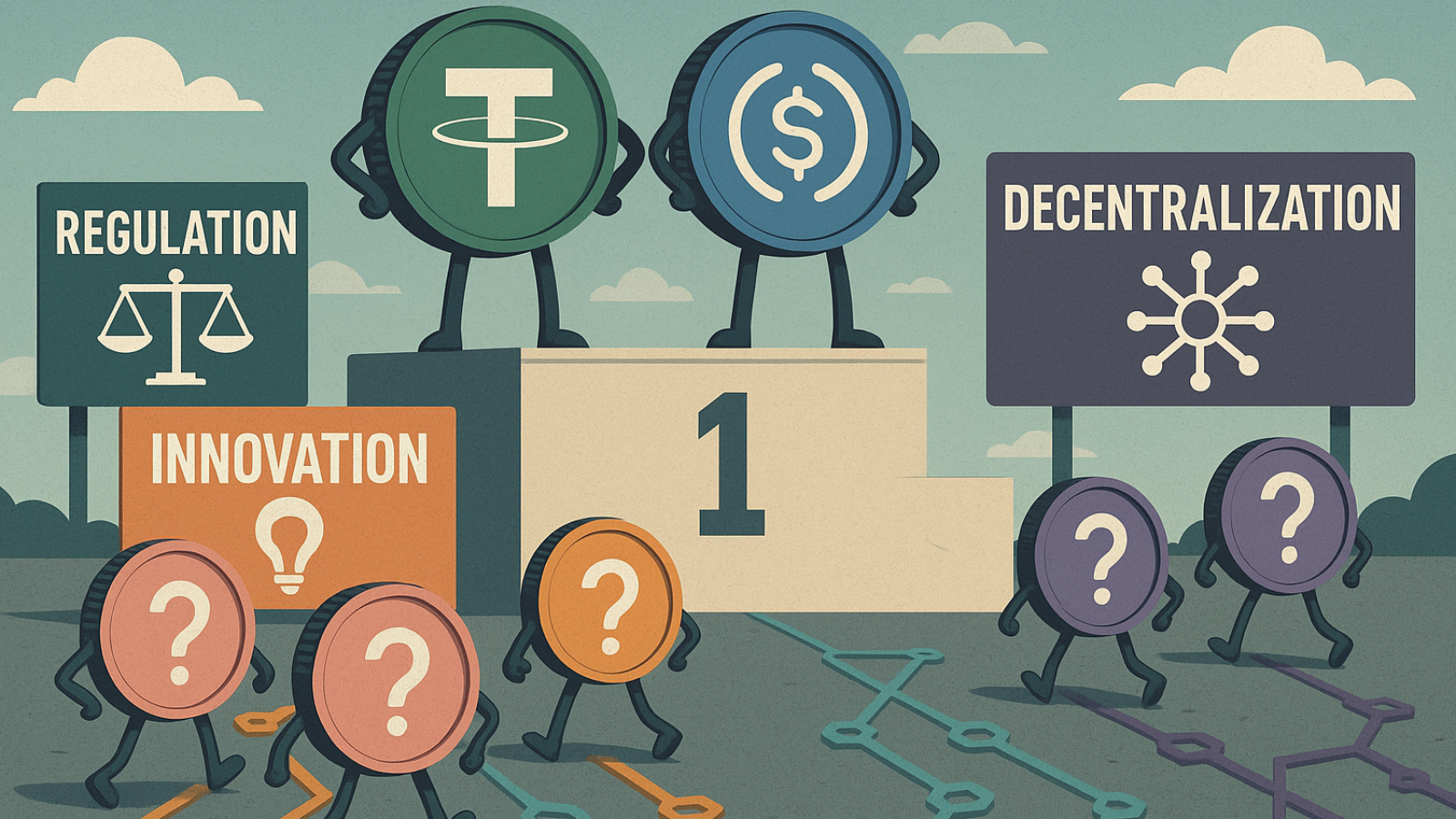



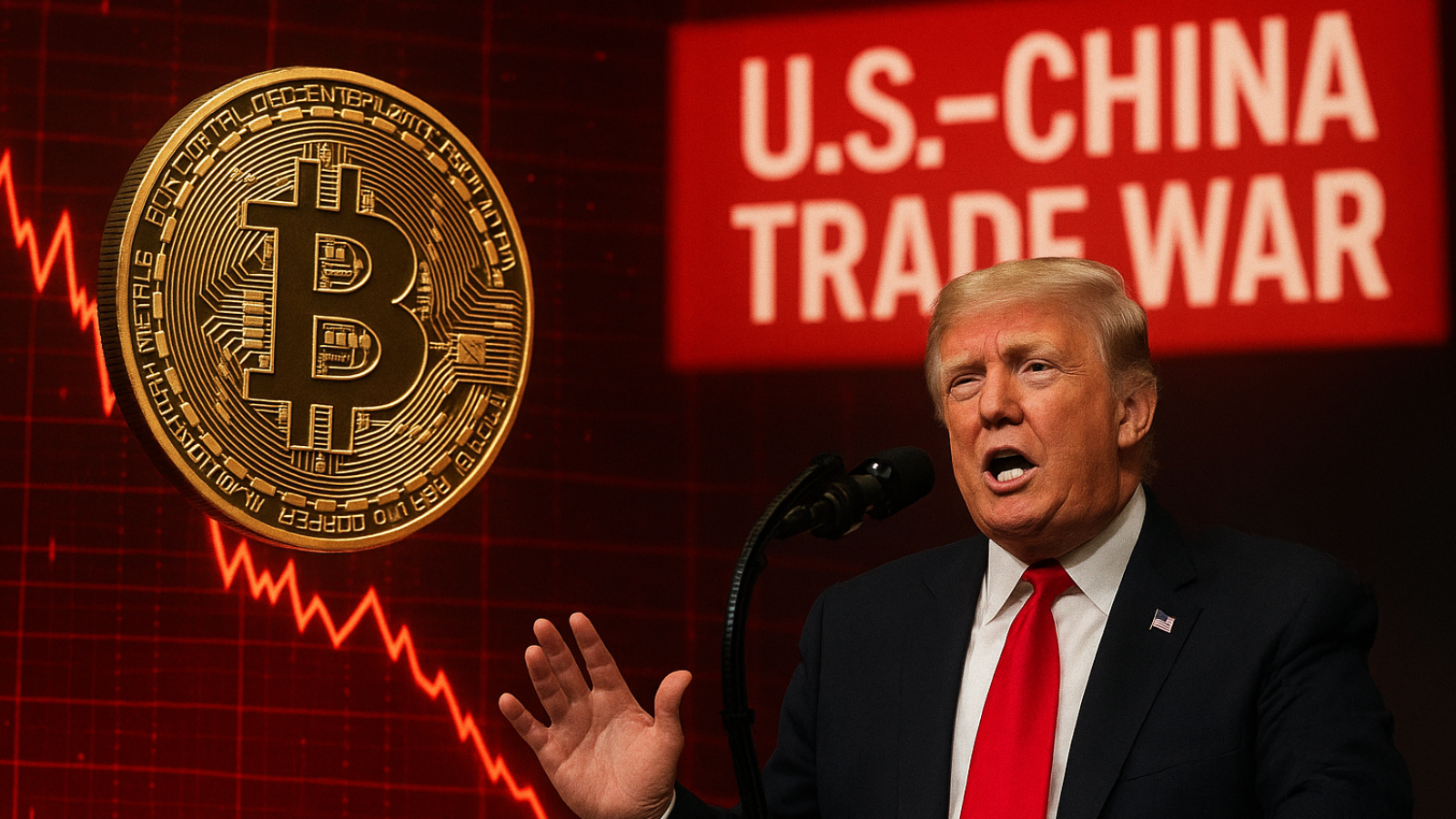





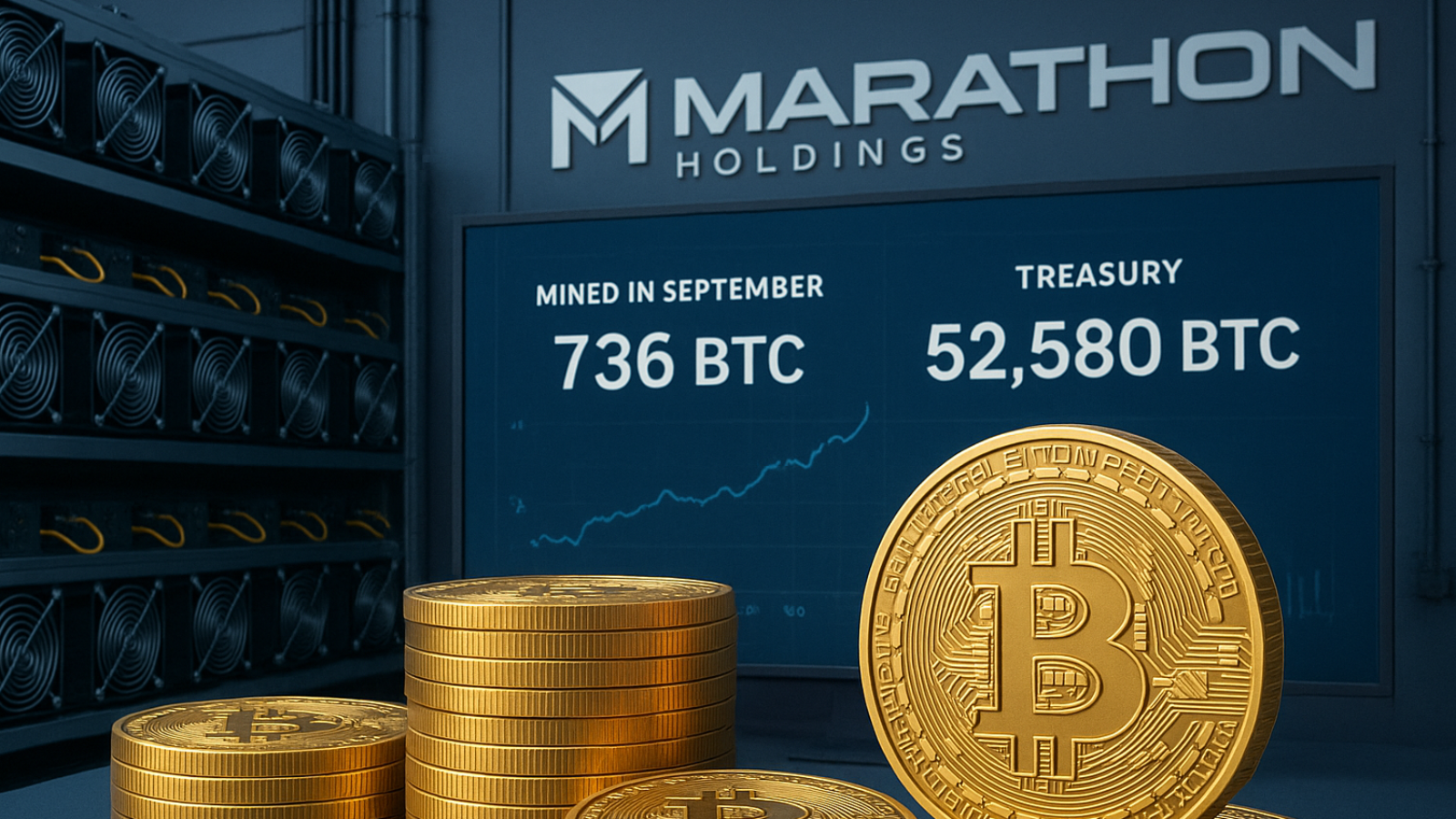

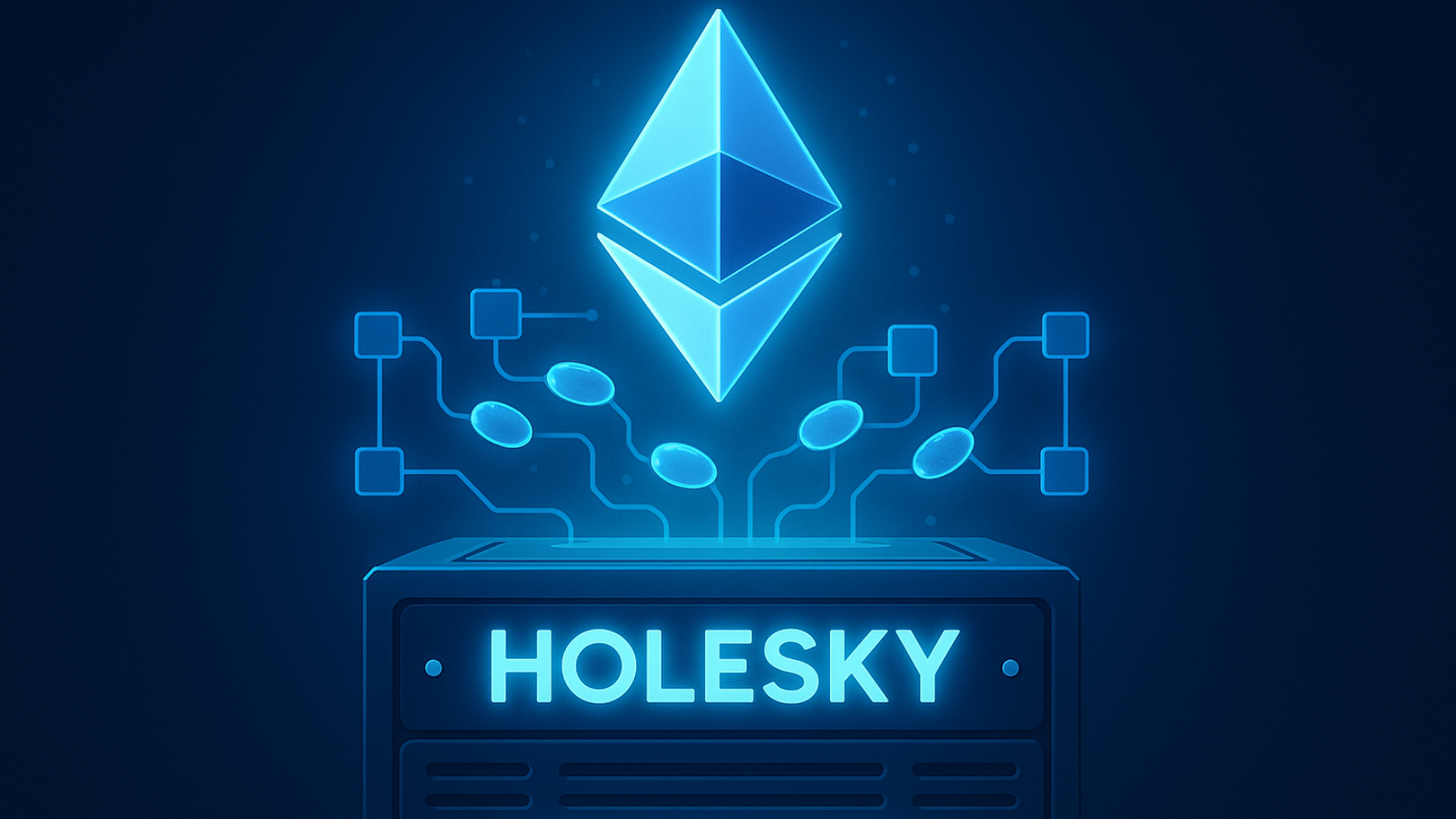


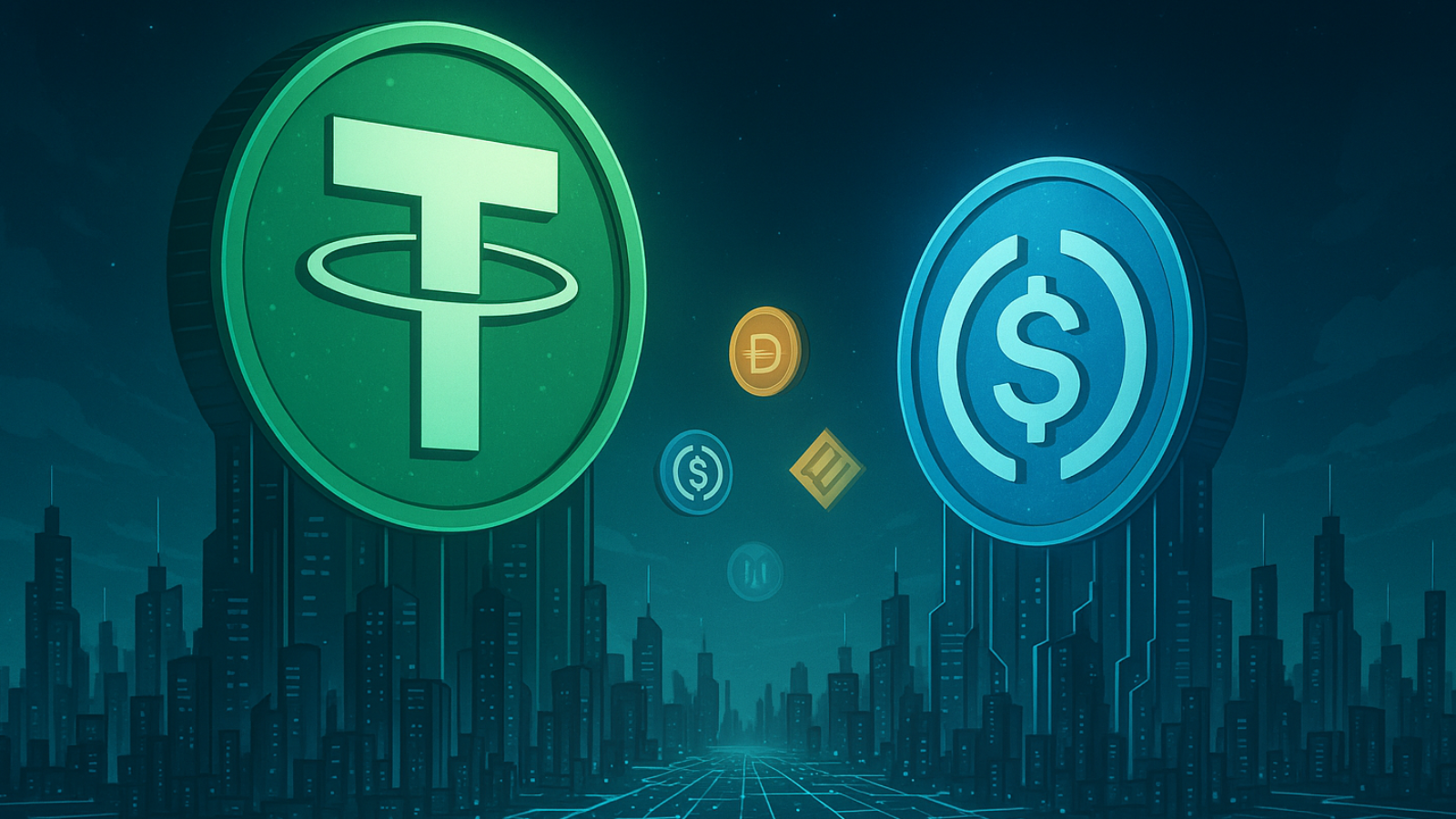


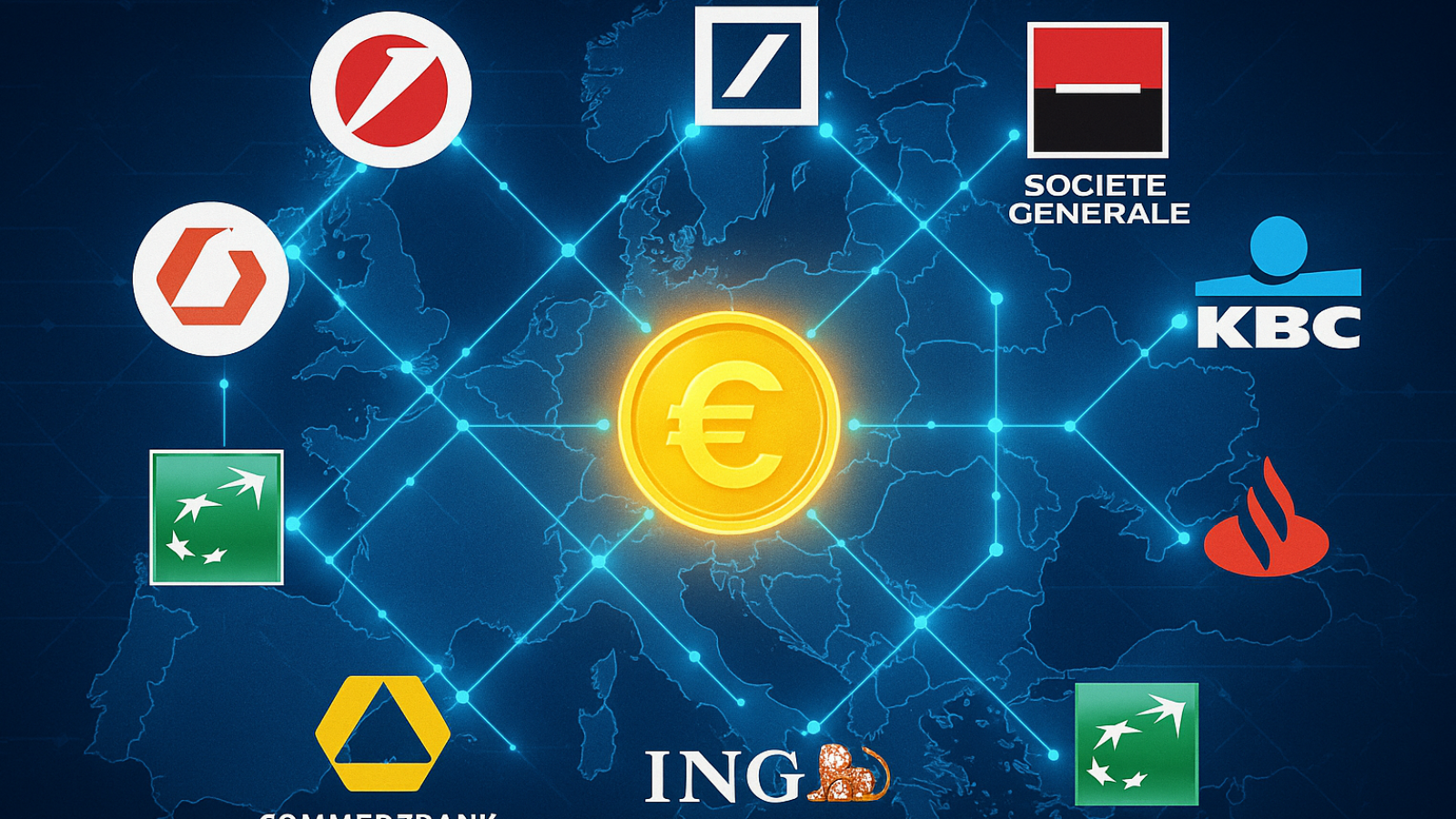




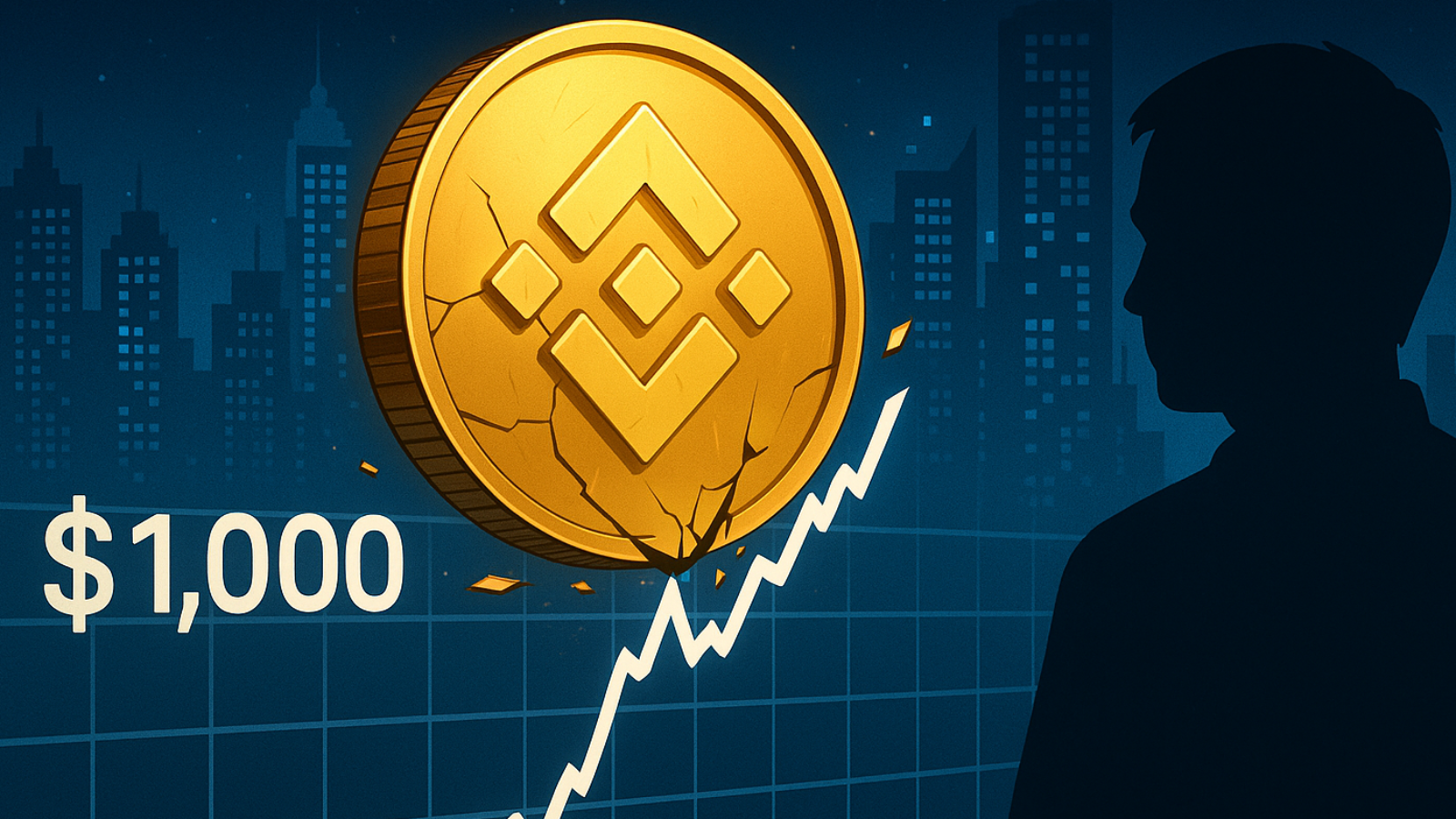


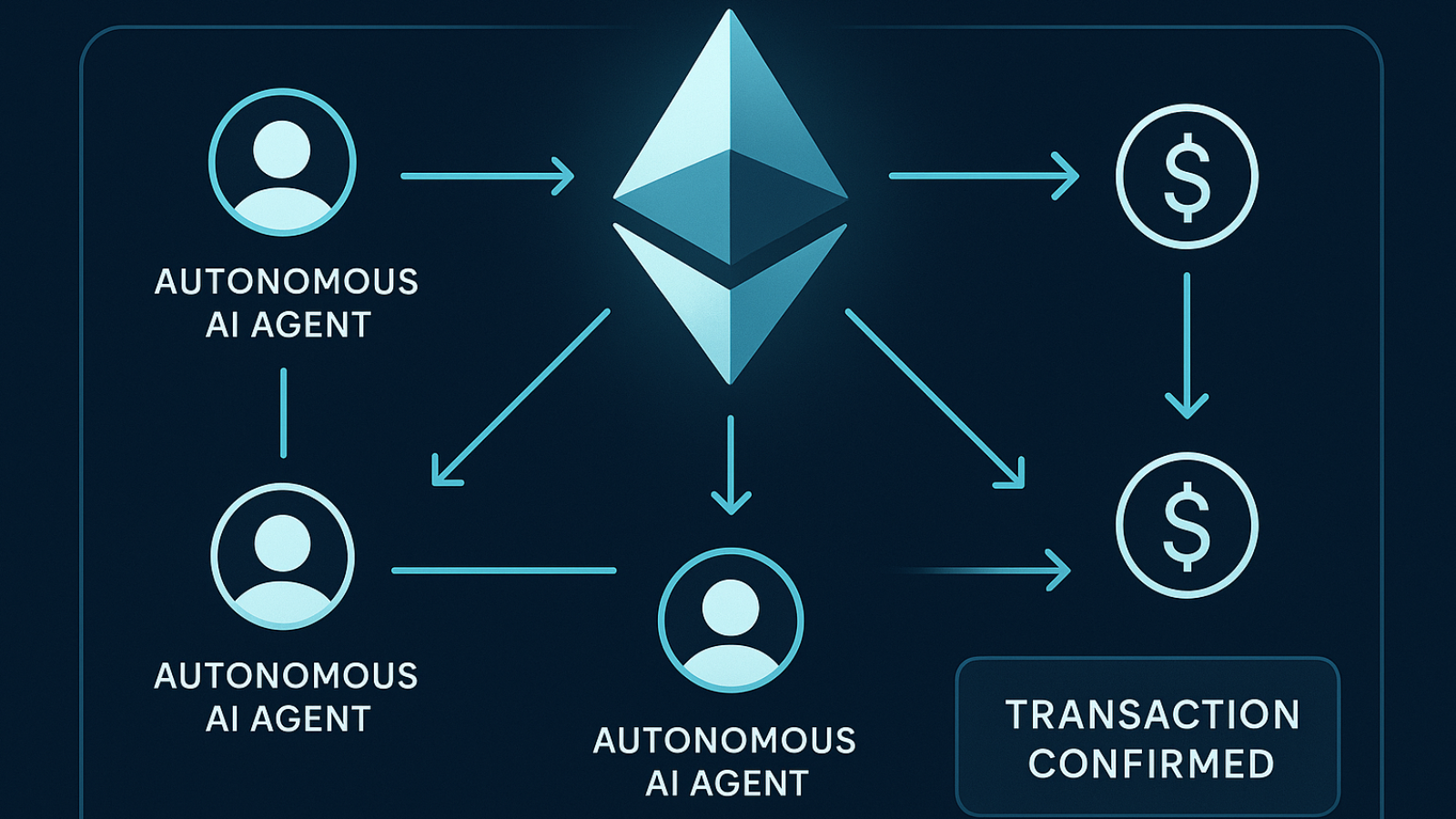



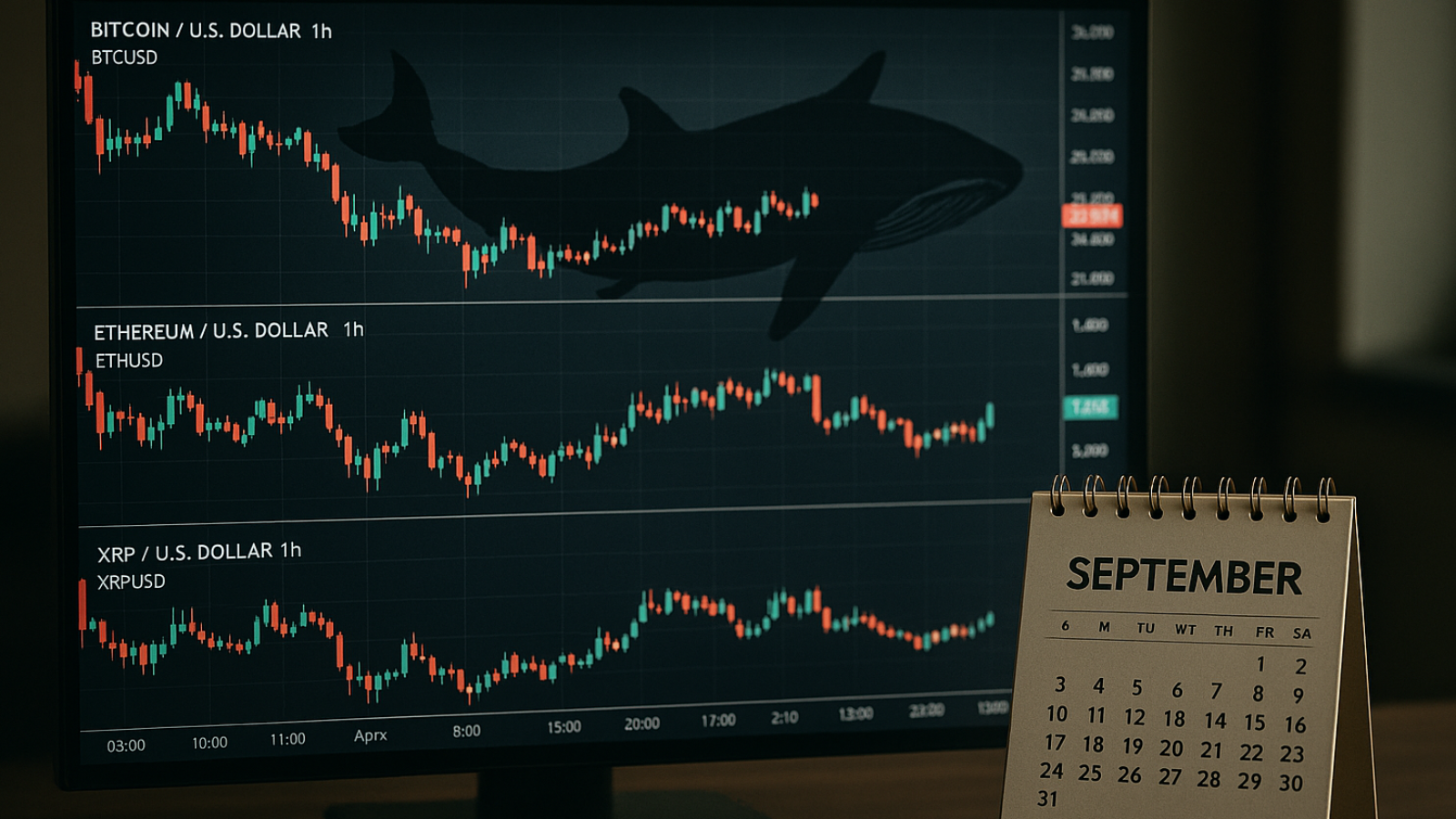





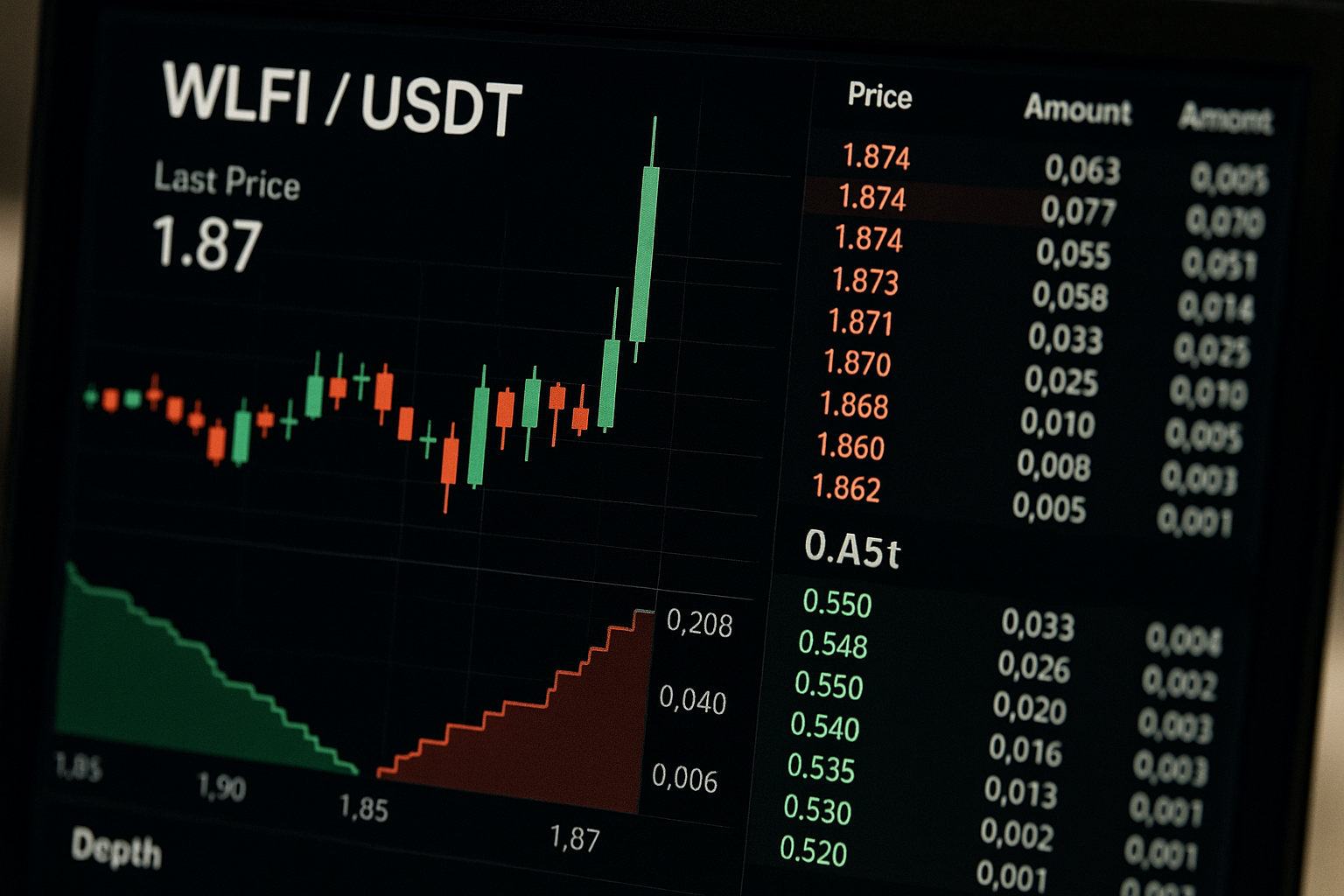





.png)
.png)
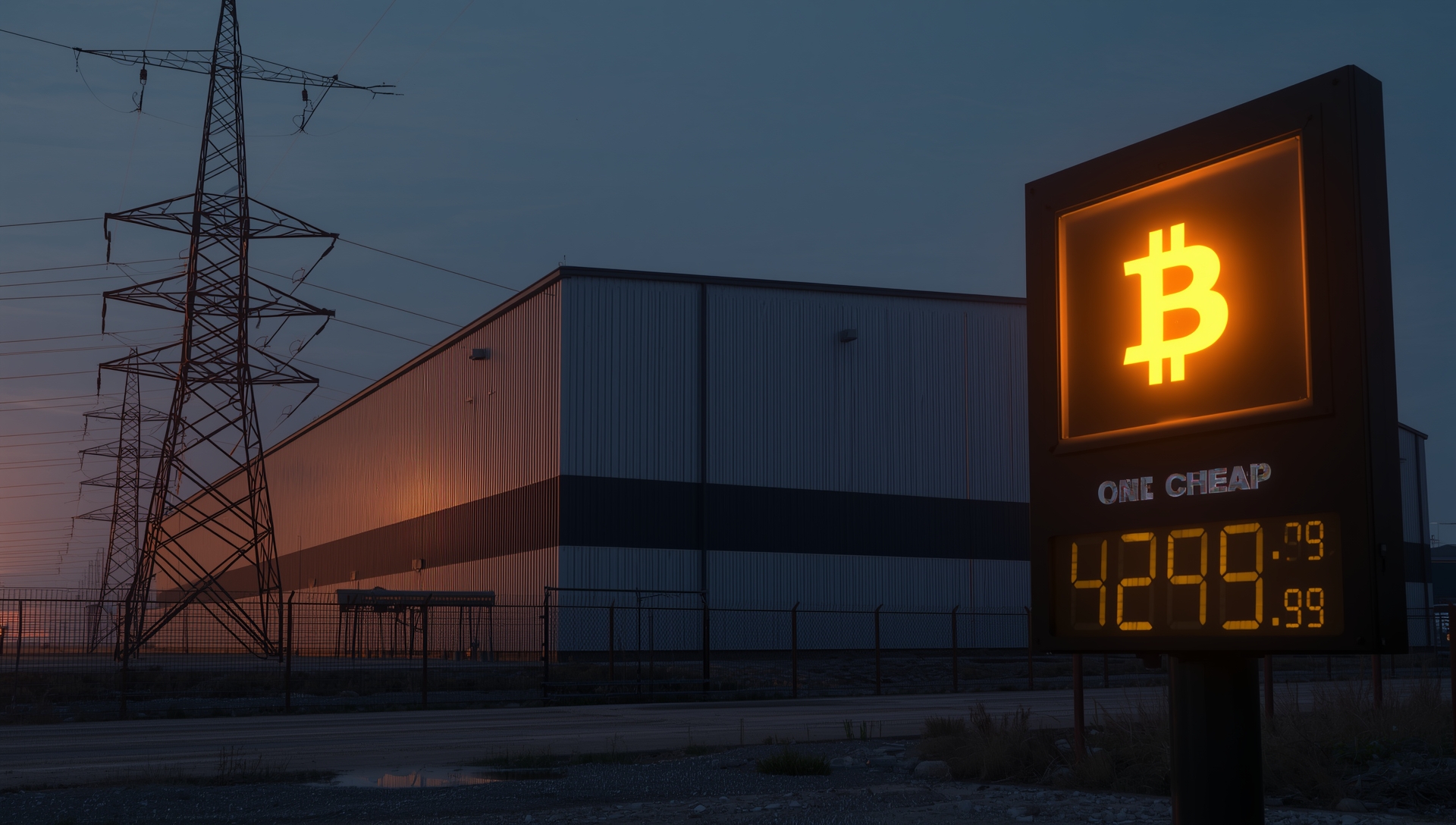

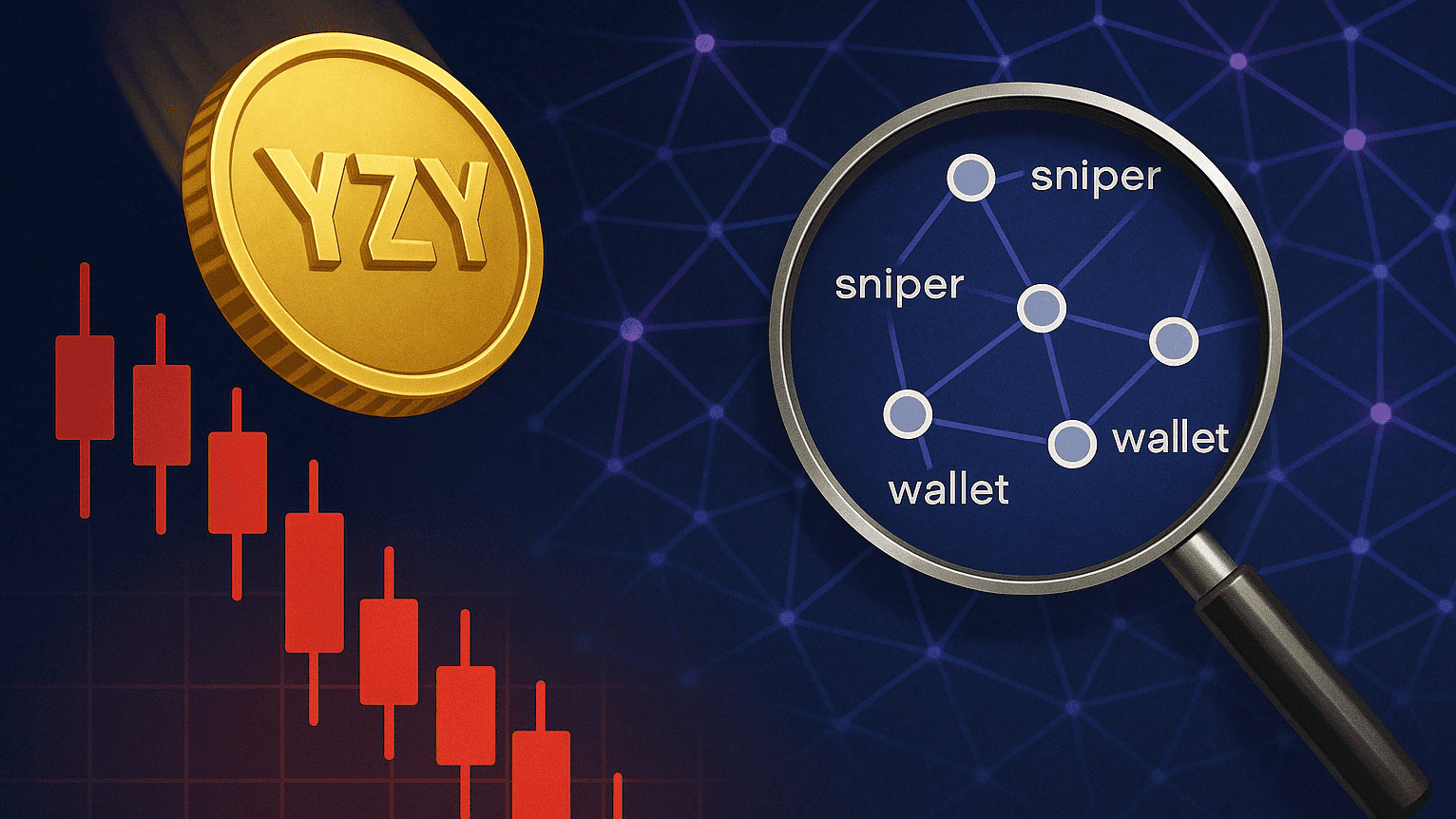
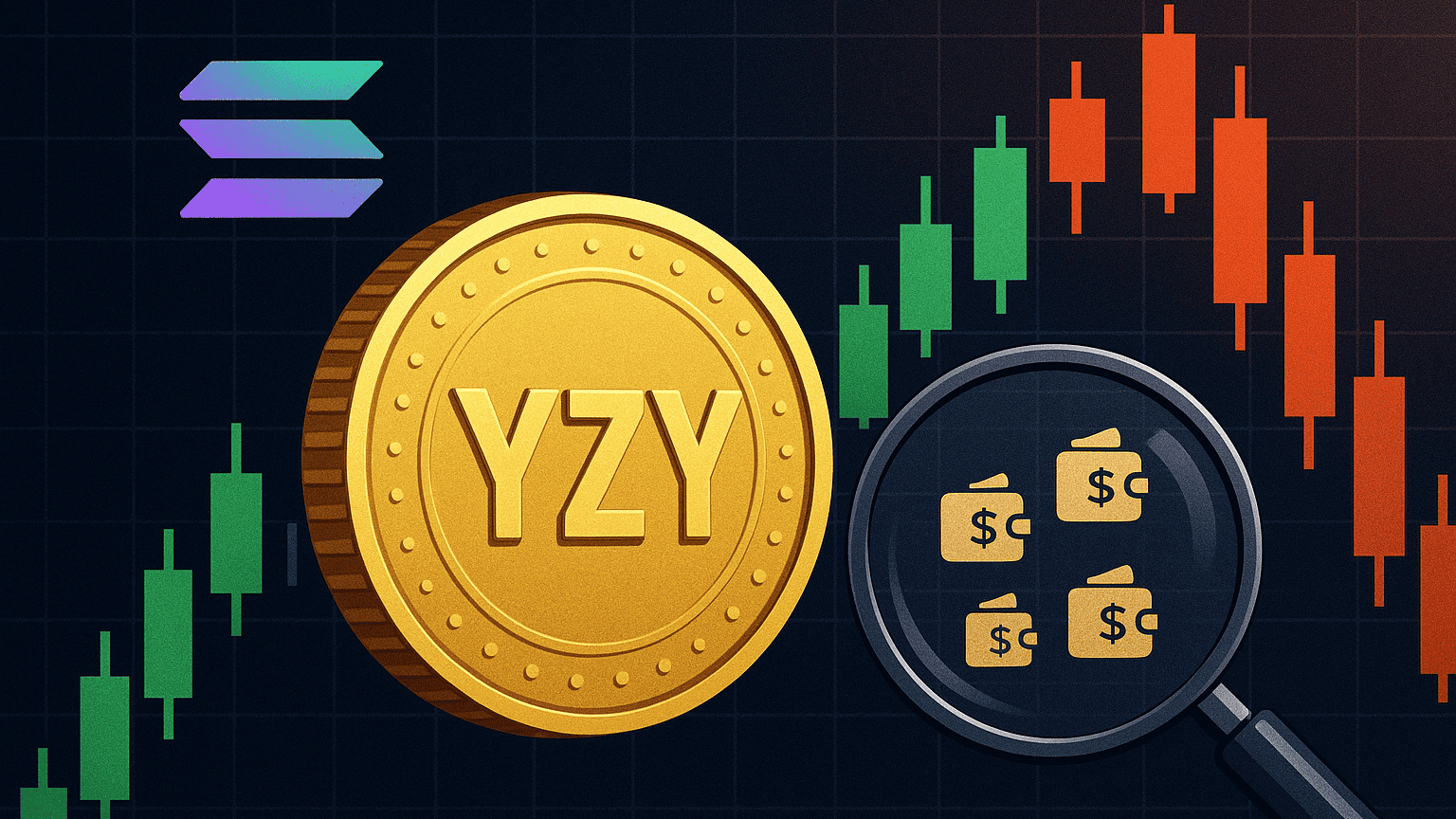









.svg)
.svg)
.svg)
.svg)
.svg)
.svg)